If you would like to protect yourself from heatstroke, you must know the symptoms and ways to avoid this condition. Also referred to as heatstroke, sunstroke is a serious condition that results from overexposure to the sun or heat. Not all heatstroke is a result of the sun. Heatstroke can occur because you’ve become too hot during exercising or working in overheated conditions. You can even suffer heatstroke because you’ve been sitting in the sun or other hot environment.
When your body reaches a temperature above 90 F it loses its ability to cool itself down. Depending on age, size, or medical conditions, heatstroke affects some much sooner than others. Young people, the elderly, overweight people and certainly those with serious conditions are much more susceptible.
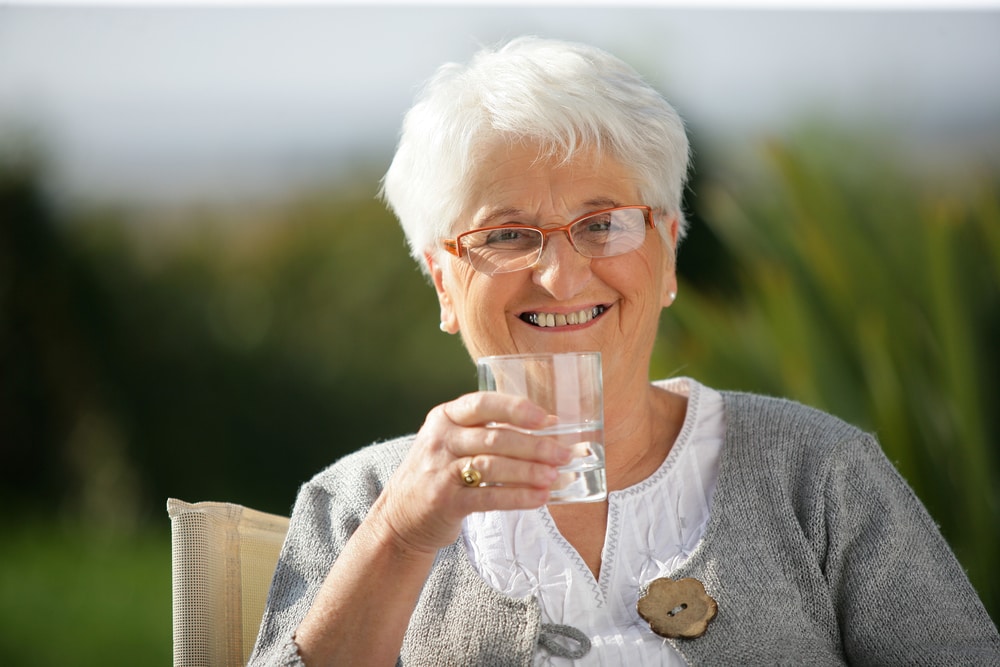
Recognizing the symptoms of heatstroke
Your body sends out signals that it is too hot and that you are in danger of suffering heatstroke. Watch out for the following signs and know how to protect yourself from heatstroke.
Signs of heatstroke or sunstroke:
- Fatigue, exhaustion
- Muscle cramping
- Elevated body temperature
- Confusion, delirium, slurred speech, seizures, extreme irritability
- Over or under perspiration
- Nausea
- Pounding headaches
- Very pale or very red skin
- More rapid or more shallow breathing
- Rapid heart beat
Ways to protect yourself from heatstroke
If you notice any of the above symptoms, it’s time to ask for immediate medical help. However, there are effective ways to protect yourself from heatstroke before these symptoms occur.
- When the weather is hot, dress for these temperatures. Wear looser fitting lighter weight clothing. Choose fabrics like cotton or linen that allow your body to breathe.
- If you are not accustomed to spending time in the heat, then acclimate yourself to these temperatures gradually. That means don’t spend the day in the sun if you are not accustomed to the heat. Build up to this by spending shorter periods in the heat first. Remember: depending on your age and medical condition, you may not ever be able to spend long periods in the sun or heat.
- Use sun protection. This includes sunscreen, a wide-brimmed hat, sun shade, sun glasses.
- Drink plenty of water! High energy drinks, caffeinated beverages, sugary drinks, and alcoholic beverages are not good substitutes for water. Your body needs to keep hydrated so drink lots of water.
- Pace yourself. Don’t overexert during the hottest parts of the day. In tropical countries, people take siestas when the day gets hottest. Take their advice.
- If you are taking medications which make you sensitive to heat, be very careful not to expose yourself to the heat.
- Never sit in an enclosed area like a parked car in the direct sunshine on a hot day. You will suffer from the Greenhouse Effect.
- Be aware of the symptoms of heatstroke and get yourself to shade or cool down before symptoms become severe. Prevention is the best way to protect yourself from heatstroke!
Conclusion
Heatstroke is nothing to take lightly. If you think you are suffering from heatstroke or you see someone else with symptoms, call 911. It is important to get the sufferer’s temperature lowered while you’re waiting for medical help.
Ways to cool down your body:
- Seek shade.
- Strip down to minimal clothing.
- Cool off with a cold shower.
- Spray from the garden hose or sprinkler.
- Jumping into a pool or a lake or a tub of tepid water.
- Place cold compresses around your neck.
- Sit in front of a fan.
- Place ice packs on “hot spots” like armpits, groin.
If you carefully follow all the tips above, protecting yourself from heatstroke is guaranteed!
This content comprises informative and educational resources only and can not be considered as a substitute for professional health or medical guidance. Reliance on any information provided in this article is solely at your own risk. If you have any inquiries or apprehensions about your medical condition or health goals, talk with a licensed physician or healthcare provider.

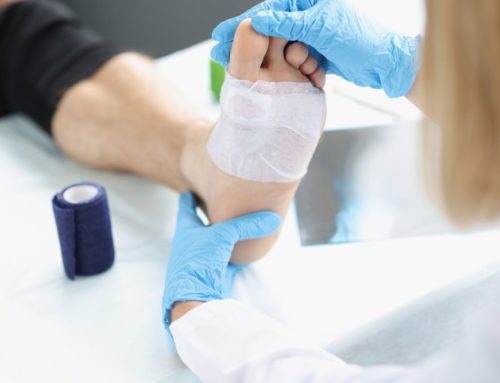
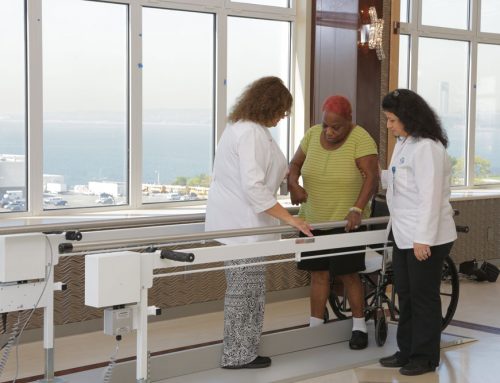
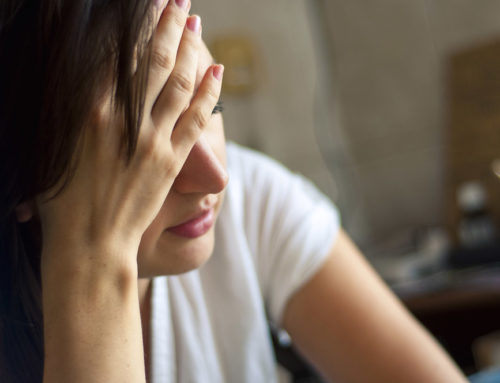
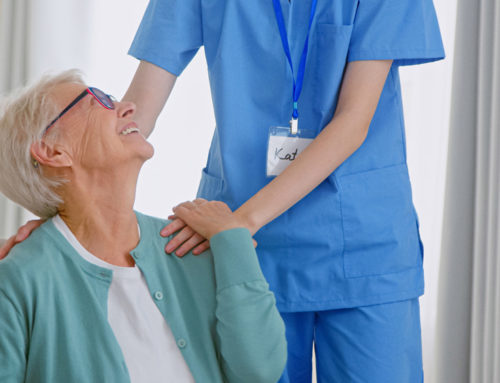
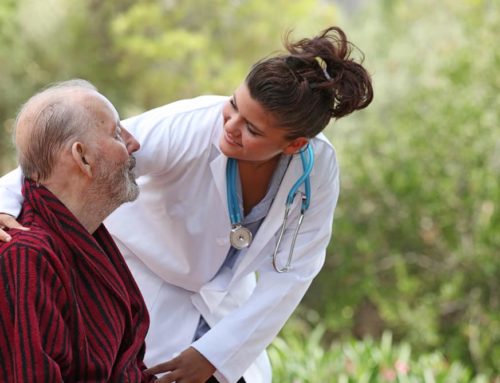
Leave A Comment